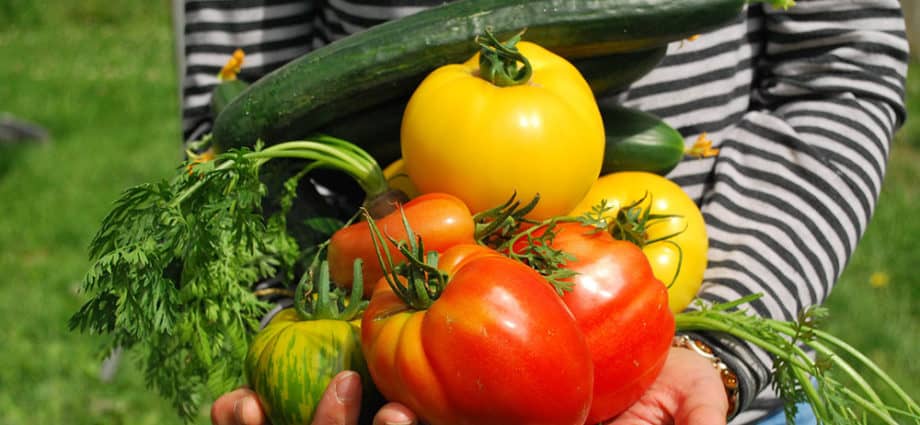There’s a certain point each summer where a well-grown garden tends to overproduce. Suddenly you’re swimming in peppers, zucchinis, and tomatoes which ripen faster than you can eat them. Once your family friends and neighbors get sick of you pawning off veggies on them, what can you do with your garden surplus? Luckily, it’s easy to freeze many garden vegetables, keeping them full of nutrients for use during fall and winter. This helps you save money and make the most of your harvest without the extra work of canning or preserving. The vegetables in this list are easy to freeze, great for beginners or anyone who is strapped for time.

Fruits & Vegetables to Freeze Without Blanching
A lot of fresh produce requires blanching to be frozen. While blanching is a generally simple process, if you’re too busy or want to start with easier freezing, these fruits and veggies should be frozen without blanching.
Blueberries
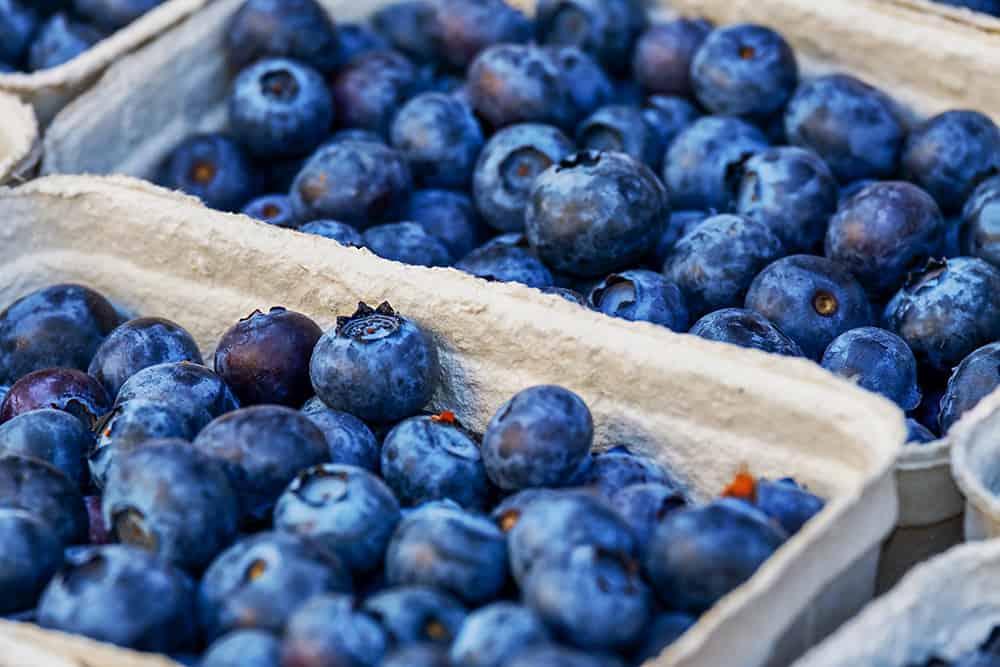
Blueberries are one of the best fruits for freezing. They hold up really well and can last for up to a year, which means you can enjoy your blueberry bumper crop year round. On a cookie sheet, spread a single layer of unwashed blueberries and freeze. Once frozen, store in freezer bags.
Once frozen, enjoy your blueberries by thawing in the fridge or microwave for topping cereal or oatmeal. Blend frozen blueberries with other fruits for delicious smoothies.
Cucumbers
When I first heard you could freeze cucumbers to enjoy “fresh” on salads in the winter, I couldn’t believe it. They’re actually very easy to freeze and while you can just chop and freeze them, this recipe is perfect for preserving cucumber slices for salads (cut down the sugar to 1/2 a cup, otherwise they’re too sweet). While it doesn’t involve blanching, there is a little extra prep time required before you freeze. You have to sprinkle cucumber slices with salt and refrigerate for 24 hours. Then press out the water, and put them in a bowl with vinegar and sugar for another 24 hours. Then you can freeze the cucumber slices. The brine will help them retain their crunch for salads or snacking.
Onions
You can preserve your onions for up to three months in the freezer with these easy steps. Peel and slice or chop your onions, then wrap in a few layers of plastic wrap. Put in an airtight container or freezer bag. Easy peasy.
Frozen onions are perfect for sauteed or thawing before use in other recipes.
Peppers
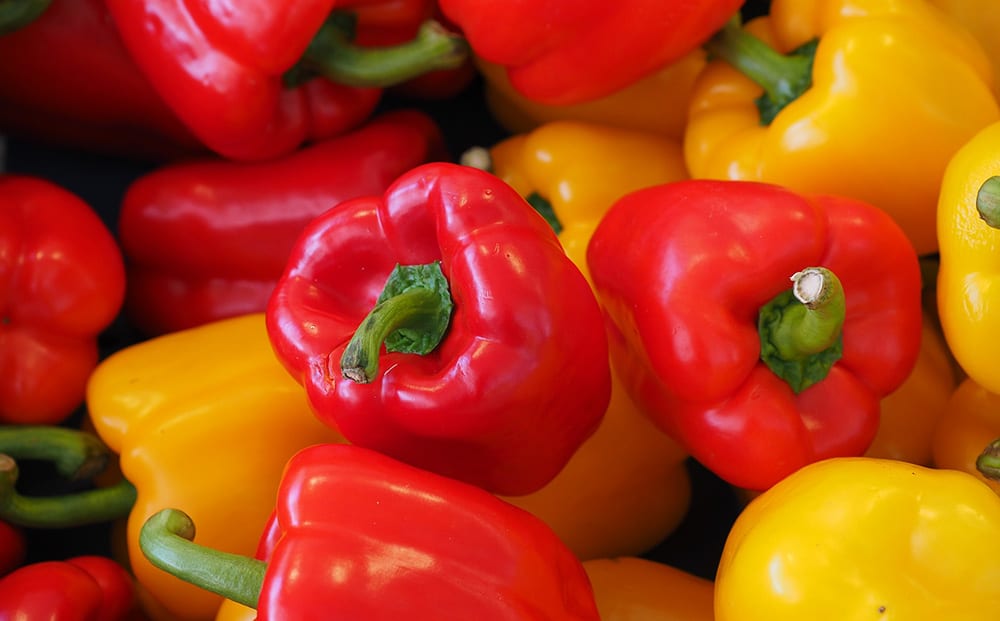
While blanching will give you the ultimate in crisp peppers, most varieties of peppers will easily freeze and retain their flavor and texture without the extra steps. We frequently use this process for bell peppers and jalapeno surpluses. Wash your peppers, remove the seeds, and slice into strips. Lay in a single layer on a cookie sheet and freeze. Transfer to a freezer bag once frozen.
Use frozen peppers for sauteeing or thaw for use in recipes. We don’t like to use frozen peppers for salads.
Strawberries
If you manage to have too many fresh strawberries (never happens at our house!) you can store them in the freezer to enjoy up to six months later. Cut the stems out. To store whole and unsweetened, spread in a single layer on a cookie sheet to freeze. Then transfer to a freezer bag. You can use the dry sugar freezing method to save sweetened strawberries.
Frozen strawberries are great for smoothies.
Tomatoes
Tomatoes freeze very well without too much effort. Wash your tomatoes and remove the stems. Leave whole, cut into halves or quarters, dice, or crush them. Dry, then place into freezer bags and freeze.
Frozen tomatoes are perfect for making tomato sauces, soups, or use in recipes. They are not good for salads–use them to cook!
Vegetables to Freeze with Blanching
This process of briefly submerging veggies in boiling water helps to set the color and texture of the vegetable, preventing a dull soggy mess.
Beans
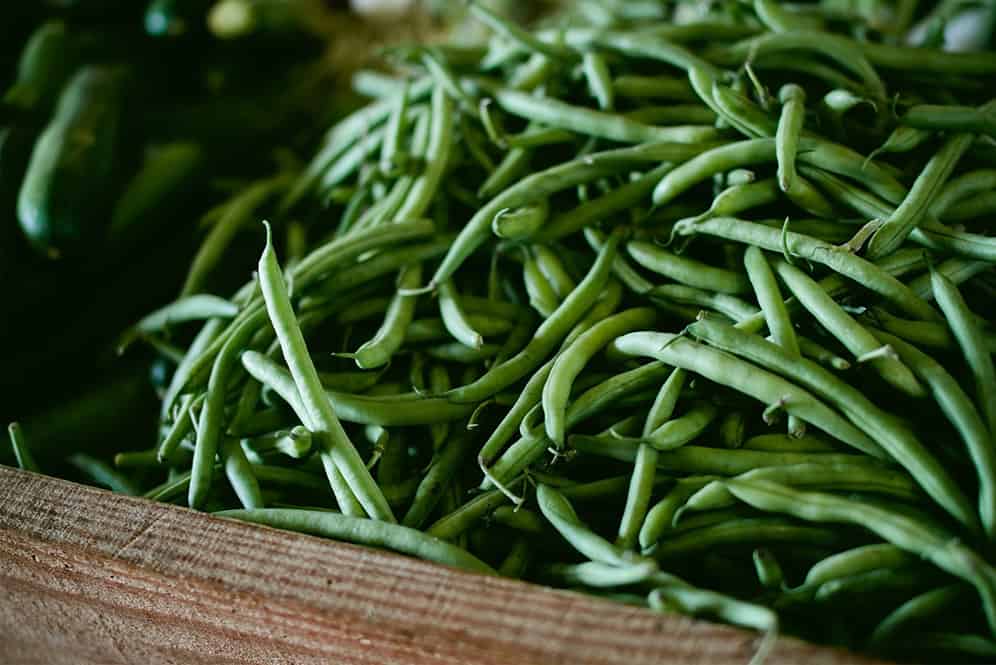
Late summer always sees a bean bumper crop in our garden, so once we tire of eating them, we start freezing them for later enjoyment. This can be done with any variety. Wash the beans and remove the ends. You can leave them whole or cut into 1.5 inch pieces. Blanch and cool the beans before freezing in a single layer on a baking sheet. Transfer to a freezer bag once frozen.
Frozen beans are perfect for sauteeing or steaming.
Carrots
Since most of your carrot crop will come in at once, it’s nice to be able to freeze the excess. Scrub the carrots and cut larger pieces. Blanch for three minutes and chill for three minutes. Using wax paper on your cookie tray, lay the carrots out in a single layer and freeze for 30 minutes. Transfer to freezer bags.
Enjoy frozen carrots steamed or boiled or thaw and use in recipes.
Kale
While you can freeze kale without blanching, it will only last four to six weeks before it develops a bitter flavor. We recommend blanching Kale, which will keep for 8-12 months. Wash the kale, then blanch for 2 and a half minutes and cool in ice water for 2 and a half minutes. Place the leaves on towels and roll to squeeze out excess water. Place “clumps” of leaves on a cookie sheet and freeze. Once frozen, store in freezer bags.
Use frozen kale in smoothies, soups, or other recipes.
Zucchini
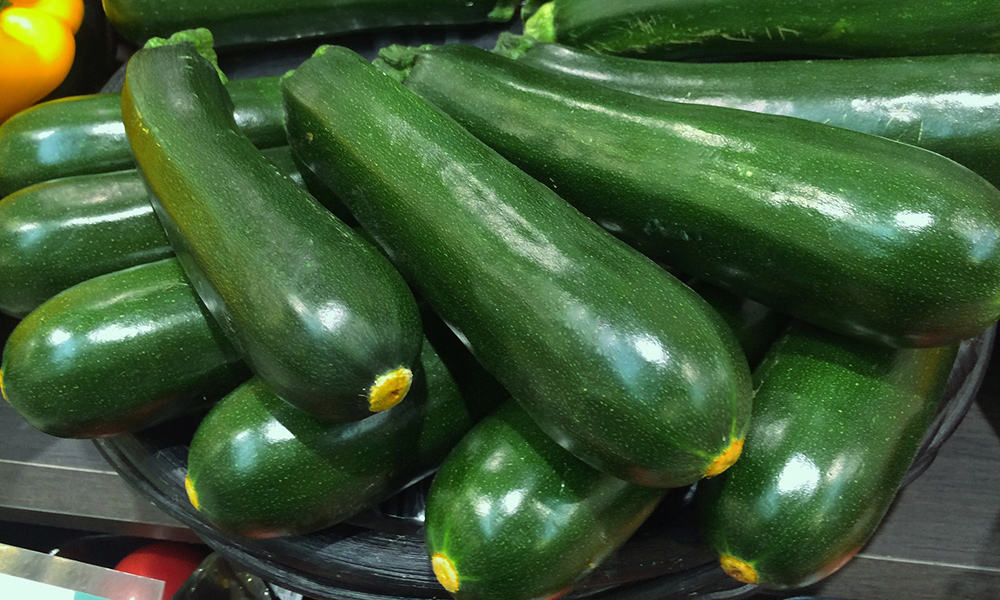
We always end up surprised by the number of zucchinis that our garden produces each summer, so learning to freeze them was a huge help in saving our harvest. Clean and cut your zucchini in the ways you most often use them (sliced, chopped, or grated). Blanch for 3 to 4 minutes and then cool in iced water for the same amount of time. Drain in a colander for a few minutes and pay dry before transferring to freezer bags to freeze.
Use your thawed zucchini to steam, sautee, or baked. It’s perfect for all kinds of zucchini recipes.
Quick Freezer Storing Tips
Here are a few quick tips for storing your fruits and veggies in the freezer.
Freeze your produce at the peak of freshness. This will give you the best quality food for later.
While gallon bags hold a lot of veggies and fruits, quart bags are often better for storage. They’re easier to store since they’re smaller and you can use them to freeze “meal sized portions” for easier thawing and cooking later.
Don’t forget to label your bags! Not only with what’s in the bag but also the date of freezing. You can also write your own “Best by” date on the bag to make sure you use them up in time.
Make sure to remove as much air from the bag as possible before freezing. If you’re really fancy, you can use a vacuum sealer machine. Otherwise, press the air out with your hands, or use a straw to suck out the air before sealing.
